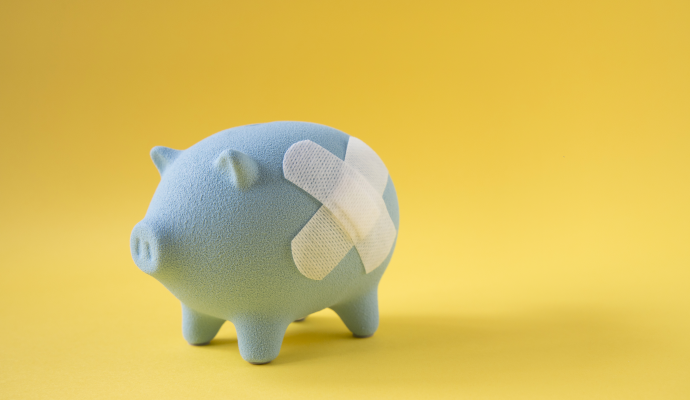NYC Partners with Non-Profit to Relieve $2B in Medical Debt for Residents
New York City residents with low incomes and substantial medical debt will experience one-time debt relief through the partnership.

Source: Getty Images
- New York City will invest $18 million in a program to relieve over $2 billion in medical debt for up to 500,000 New Yorkers.
New York City Mayor Eric Adams and New York City Department of Health and Mental Hygiene (DOHMH) Commissioner Dr. Ashwin Vasan announced that the city will partner with the non-profit organization RIP Medical Debt, which buys and eliminates medical debt. The organization will acquire debt portfolios and retiree debt from healthcare providers, hospitals, and commercial debt buyers across the city and wipe out the debt.
New Yorkers do not have to apply for the program, nor will they face any tax penalty. If they are eligible, they will automatically be notified of their one-time medical debt relief. Eligible individuals include those with annual household incomes at or below 400 percent of the federal poverty level and those with medical debt equal to 5 percent or more of their annual household income.
“Getting health care shouldn't be a burden that weighs on New Yorkers and their families,” Mayor Adams said in the press release. “No one chooses to go into medical debt – if you're sick or injured, you need to seek care. But no New Yorker should have to choose between paying rent or for other essentials and paying off their medical debt, which is why we are proud to bring this relief to families across the five boroughs, as we continue to fight on behalf of working-class New Yorkers.”
The program will launch in early 2024 and last for three years, with the $18 million investment spread out over these three years. RIP Medical Debt will also partner with the Mayor’s Fund to Advance New York City to raise additional funding. New Yorkers can donate online to help relieve medical debt for others.
“For hundreds of thousands of New Yorkers and for millions of Americans, medical debt creates anxiety, uncertainty, and stress,” said Deputy Mayor for Health and Human Services Anne Williams-Isom.
“It weighs not only on individual and familial balance sheets, but may cause some to put off additional care and limits upward financial mobility. New York City's investment through this partnership will help working people and families advance their health and financial well-being so they can thrive, instead of just survive. Furthermore, we realize this issue is part of a larger complex health care system and we look forward to continuing to advocate for systemic changes to help New Yorkers avoid medical debt in the future.”
Medical debt is the number one cause of bankruptcy in the United States. More than 100 million Americans have some medical debt, with the total amount across the country exceeding $195 billion. Medical debt can impact credit scores and force people to choose between care and other necessities.
Medical debt disproportionately impacts uninsured, under-insured, and low-income households. Additionally, Black and Latino communities are 50 percent and 35 percent more likely to have medical debt than their White counterparts.
Nationwide efforts to minimize medical debt and its consequences have seen positive results. For example, after three major credit bureaus removed medical debt collections under $500 from consumer credit reports, the average credit score among people with medical debt rose from 585 to 615 points.
